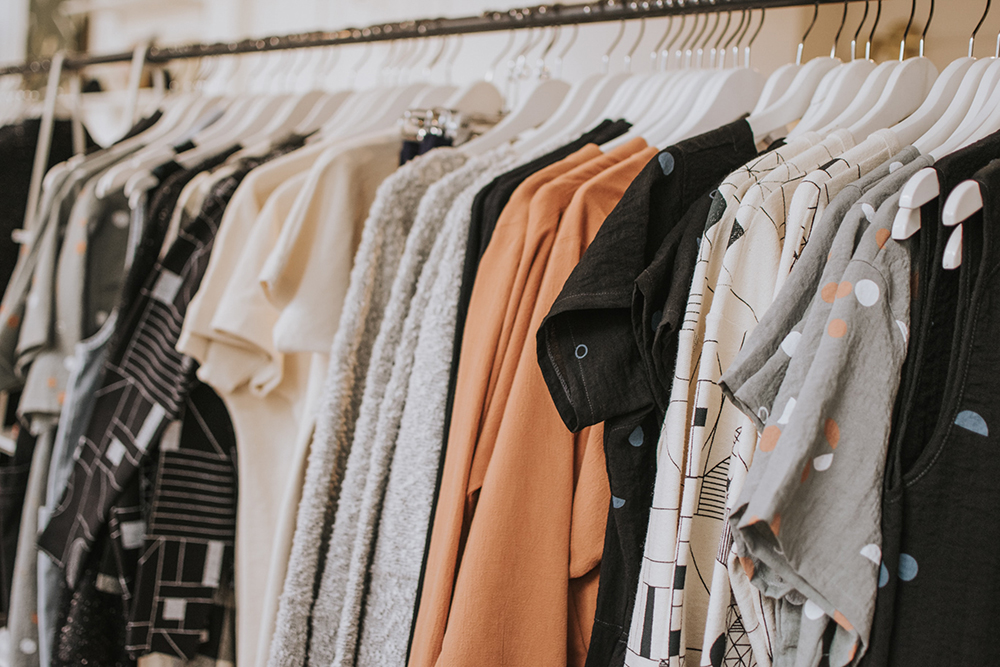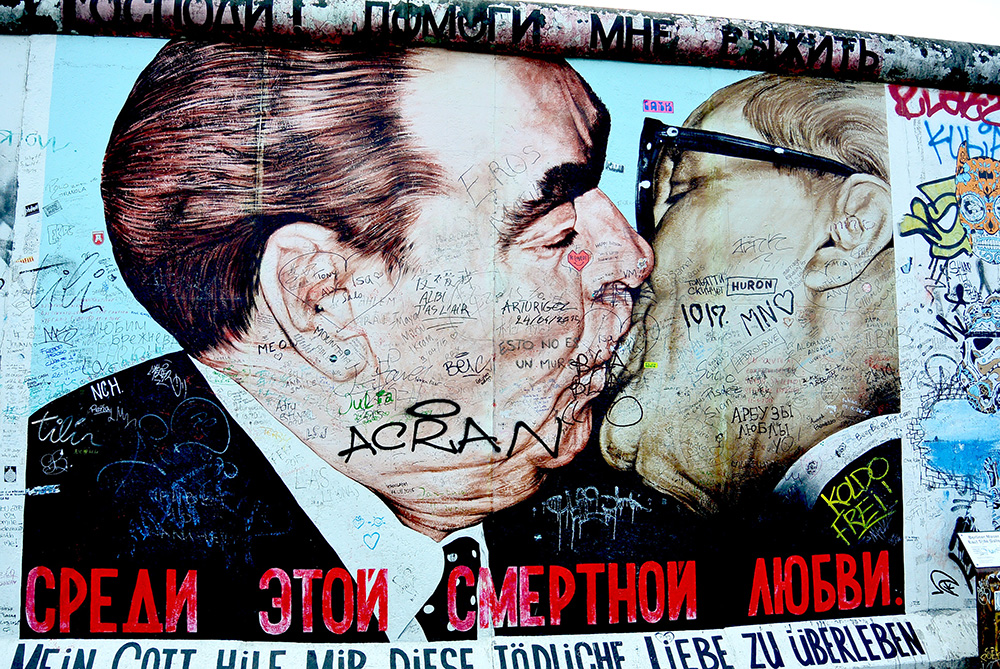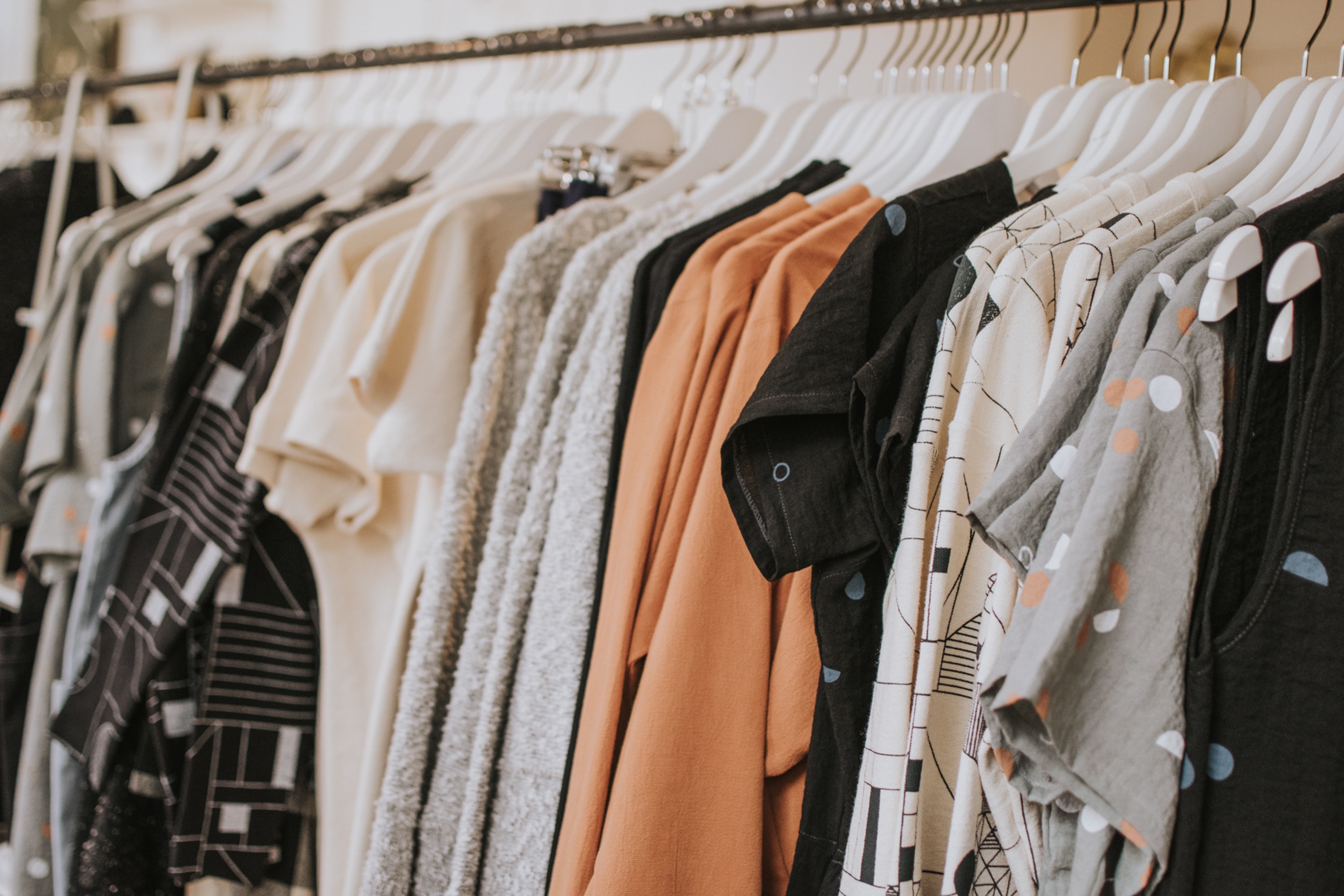
Nine grueling months into a deadly pandemic that has upended every aspect of life, the United States has a coronavirus vaccine.
The highly effective vaccine, made by the pharmaceutical giant Pfizer, was authorized for emergency use by the Food and Drug Administration on Friday, following an overwhelming 174 vote of confidence from an advisory panel of independent experts.
Within 24 hours, the first doses should be shipped out to states, which are expected to give them first to healthcare workers and people in nursing homes. Officials estimate that enough doses to give 20 million people their first shots will be delivered by the end of the year.
The vaccine is a source of badly needed hope in the depths of an out-of-control outbreak that has killed nearly 300,000 Americans, infected millions more, strained hospitals, and shows no signs of letting up. The licensure of the vaccine, which was developed in record time in partnership with the German company BioNTech, comes the same week that the US reported a record 3,000 COVID-19 deaths in a single day.
Actually having the vaccine in somebodys arm in less than a year 11 months to be exact, from January to the beginning of December it would have been inconceivable to me a year or two or three ago, said Anthony Fauci, chief of the National Institute of Allergy and Infectious Diseases, at a Friday event prior to the authorization. He added that he planned to get the vaccine publicly and that he will recommend his family get it, too.
From the outset, the Trump administration failed to adequately invest in efforts to prevent the viruss transmission; it instead staked the countrys hopes on never-before-developed therapeutics and vaccines, funded in part by a $14 billion public-private partnership called Operation Warp Speed.
Pfizers vaccine on its own will not return society to normal, especially while early doses are limited. To keep transmission low, everyone vaccinated or not will still have to wear a mask, socially distance, and wash their hands. And it will take a long time before 60% to 70% of the population recovers from COVID-19 or gets immunized, the level that experts say is necessary for the virus to stop spreading. This winter, the CDC director has warned, could be the most difficult time in the public health history of this nation.
But data suggests that the vaccine works extremely well far better than most scientists had expected.
Based on preliminary results from an ongoing late-stage clinical trial that now includes 44,000 people, the vaccine appears to be 95% effective at preventing COVID-19 when compared with participants who received placebo shots. That far exceeds the FDAs minimum requirement of 50% for a COVID-19 vaccine. By comparison, the flu shot is thought to be about 60% effective on average.
Commonly reported side effects to Pfizers vaccine included arm soreness, fatigue, headaches, muscle pains, chills, joint pain, and fever. The rate of serious side effects was very low, and none were clearly linked to the vaccine.
While the CDC has said healthcare workers and people who work or live in nursing homes should get the first shots, its ultimately up to governors to decide who will receive them. Some states intend to prioritize other groups, such as older people with high-risk conditions.
This is the first authorized vaccine made from a genetic molecule called messenger RNA (mRNA) a stunning scientific achievement, considering that work on it began in January. Previously, the mumps vaccine was considered the fastest ever developed, and that took four years to reach the market.
Several unique factors contributed to how quickly the vaccine could be tested and authorized. For one, its underlying biotechnology was not invented in 2020: Researchers have been trying to harness mRNA against various diseases for more than three decades. Then the USs disastrous handling of the pandemic led to a nationwide surge, enabling clinical trials to quickly rack up enough cases among participants to show that the vaccine worked. And since Pfizer submitted its data on Nov. 20, the FDA has compressed its vetting process into a span of weeks rather than months.
An emergency use authorization requires less data than a full approval. At the same time, FDA chief Stephen Hahn has stressed that the agency requires clear evidence of safety and efficacy. In a change instituted this fall, the agency required that companies submit a minimum of two months worth of safety data from half of the trial participants.
The US is the sixth country to authorize Pfizers vaccine, following the United Kingdom, Canada, Bahrain, Saudi Arabia, and Mexico. A second mRNA vaccine, made by the biotech company Moderna, has also delivered extremely promising results and could be green-lit by the FDA as early as next week.
Distributing Pfizers vaccine will be a painstaking endeavor. Because the vaccines fragile mRNA molecules break down at room temperature, it must be transported and stored at -94 degrees. Thats prompted states to rush to buy expensive, ultracold freezers, but they will likely be out of reach for rural, underresourced parts of the country. Once thawed and diluted, a vial which contains five doses apiece has to be used within six hours.
Actually having the vaccine in somebodys arm in less than a year… would have been inconceivable to me a year or two or three ago.
The vaccine will not stem the outbreak if people dont take it, and overcoming hesitancy will likely be another major challenge. About 63% of Americans recently surveyed by Gallup said they were willing to get a vaccine, up from an all-time low of 50% in September. That dip in confidence reflects how politicized vaccine development became this fall, when President Donald Trump was pushing federal scientists to approve one before the election.
Pfizer has since sought to distance itself from the president and Operation Warp Speed, with its head of vaccine development telling the New York Times last month that it was never part of Warp Speed. While the company did not take federal money for research and development, Pfizer struck a $1.95 billion deal with the government to deliver 100 million doses, regardless of whether the vaccine was shown to work. The gulf between the White House and the company became even clearer upon reports this week that the administration had declined an offer from Pfizer this summer to lock in additional doses beyond the initial shipment.
In the waning days of his presidency, Trump has kept up his efforts to interfere with the FDAs decision-making. Following reports that the agency planned to issue an authorization on Saturday, Trump demanded in a Friday morning tweet that it get the dam vaccines out NOW. White House chief of staff Mark Meadows allegedly told Hahn to submit his resignation if he didnt authorize the vaccine by Friday, the Washington Post reported, though its unclear whether that would get doses to people any faster.
The mRNA vaccine, which consists of two shots given three weeks apart, instructs human cells to make proteins that prime the immune system to recognize and attack a coronavirus infection.
Pfizers latest analysis, confirmed by the FDA, found it was 95% effective at preventing COVID-19 among people who were at least 16 years old, starting just one week after the second shot. That rate was calculated from a total of 170 people in the clinical trial who got infected: 162 people who were given placebo shots versus eight who received the vaccine. The vaccines protection roughly held up across age categories, genders, racial and ethnic groups, and people with underlying conditions that raise the risk for severe illness.
Overall, there is not much to argue with here in terms of efficacy, Deepta Bhattacharya, an immunologist at the University of Arizona who is not on the FDAs advisory panel, told BuzzFeed News by email. It just looks great no matter how you look at it.
Still, some significant questions remain. People were defined as having an infection if they had a positive test result and at least one symptom, including a cough or loss of taste. But there were far fewer severe cases that were life-threatening or required hospitalization, and critics have worried that a vaccine that primarily prevents mild cases will not provide help where its most needed. The FDA concluded that the data does suggest protection from severe COVID-19 disease, though it is not definite.
Its also not known whether the vaccine can prevent asymptomatic cases or stop an infected person from transmitting the virus. Thats potentially important because asymptomatic cases are believed to make up 20% to 30% of all cases and are a significant driver in transmission. Kathrin Jansen, Pfizers head of vaccine development, said during Thursdays FDA panel meeting that participants are being screened for antibodies to try to address this question, with answers expected in early 2021.
The mRNA vaccine instructs human cells to make proteins that prime the immune system to recognize and attack a coronavirus infection.
How long immunity to the virus will last is still up in the air. But in a promising sign, Pfizer reported that patients who received the vaccine still had strong protection two months after receiving their second shots.
There also wasnt enough data to show how well the vaccine worked in people who are pregnant or lactating, those who have HIV/AIDS or an otherwise immunocompromised system, and children under 16 (the study expanded to include those as young as 12 in October). Older teens, on the other hand, were a topic of heated discussion during the panel meeting this week. Several members raised concerns that there wasnt enough data from 16- and 17-year-old participants the trial had 153 of them to support giving them the vaccine.
The vaccine does seem very safe. Based on more than 18,000 vaccine recipients, half of whom were tracked for at least two months after their second dose, the FDA said it saw no specific safety concerns. Pfizer has said it will continue tracking participants for signs of side effects for two more years.
In the short term, people shouldnt be surprised if they have side effects after getting their shots. Overall, about a quarter of trial participants who got the vaccine reported having some kind of reaction, most commonly arm soreness, fatigue, headaches, muscle pains, chills, joint pain, and fever. Thats a higher rate than that of some other common immunizations, including the flu shot. Operation Warp Speed chief science adviser Moncef Slaoui has compared the Pfizer vaccines rate of side effects to that of the shingles vaccine. Side effects also occurred more in younger patients than in those age 55 and older, most often after a second shot.
This may cause some problems in vaccine uptake, as younger people are aware that they are at lower risk following natural infection, Bhattacharya said. Public messaging will matter here.
As for severe side effects, the rate of those about 1 in 200 was virtually the same in participants who received the vaccine and the placebo. The side effects that FDA said may have been related to the vaccine included swollen lymph nodes, heart arrhythmia, and one shoulder injury. There were also four cases among the vaccine recipients of Bells palsy, a condition that temporarily weakens facial muscles. The FDA determined that the incidents werent statistically unusual given the number of people in the trial, but the agency will watch out for any cases as the vaccine is widely distributed.
Concerns have also emerged about whether people with severe allergies should get the vaccine. This week, two healthcare workers in the UK reported allergic reactions after receiving their first shots. Both had a history of severe allergies and have reportedly recovered. Following the reports, the UKs health regulator announced that people with a significant history of allergic reactions to a vaccine, medicine or food should not be given the vaccine. It is not known what exactly the workers were allergic to.
Pfizers prescribing information in the US will only warn that the vaccine should not be given to people with a known history of severe allergies to components of the vaccine, a narrower restriction than the one given by the UK, an FDA staff member said at Thursdays meeting. The health agency asked Pfizer to monitor vaccine recipients for life-threatening reactions and submit more data to the agency.
Paul Offit, a vaccine expert at the Childrens Hospital of Philadelphia and a member of the FDAs advisory panel, expressed concern about needlessly scaring people away from taking the vaccine. He recommended that Pfizer should study the issue further in people with common allergies. This issue is not going to die until we have better data, Offit said Thursday.
With the release of the vaccine, a thorny question arises for the clinical trial volunteers who risked their bodies to help make it a reality: Should people who received the placebo now get the immunization?
Pfizer has proposed giving the real shots to those people as they become eligible. Its hard to imagine that many would turn one down. But the FDA has pushed back, saying that unblinding participants would irrevocably ruin scientists chances to collect important data.
Its a dilemma that will likely come up more and more as other COVID-19 vaccines become available in the US.
Modernas vaccine will be evaluated by the FDAs advisory panel on Dec. 17. AstraZeneca and Oxford University, as well as Johnson & Johnson, are in late-stage trials. This week, Operation Warp Speeds chief science adviser suggested that the latter vaccine a one-shot immunization without restrictive cold storage requirements could collect enough data from its trial for an FDA submission in January.
Fauci and other experts expect that immunizations for the general public can begin in April. By then, even with a vaccine, more than a half million Americans could be dead.
This is a developing story.Check back for updates and follow BuzzFeed News on Twitter.

 Subscribe to The Daily Telegraph to get unrestricted digital access, home paper delivery, Apps for iPad and Android, member only +Rewards and much more…
Subscribe to The Daily Telegraph to get unrestricted digital access, home paper delivery, Apps for iPad and Android, member only +Rewards and much more…  Do you compost or buy second hand?
Do you compost or buy second hand?  The Newsreader review: Exhilirating Australian prestige drama
The Newsreader review: Exhilirating Australian prestige drama  Local shares fell on Friday as investors make last-minute adjustments to their portfolios ahead of the main index’s rebalancing, while unease over rising infections grows.
Local shares fell on Friday as investors make last-minute adjustments to their portfolios ahead of the main index’s rebalancing, while unease over rising infections grows. 


